How did humans initiate their desire to create art, and why? Undoubtedly, this query will never resolve itself by cultural anthropologists; however, the more archeological sites discovered and excavated, the more our discovery of humans, and their creativity continues. When an ancient settlement was established, archeologists take great care in removing artifacts, piecing together what the art meant to the culture. When foundational ruins from a magnificent building are discovered by archeologists, researchers study architecture, imagining how the significant buildings were designed and built without the aid of today’s technology or heavy equipment. How were the great pyramids constructed? How were the stones moved to build Stonehenge?
The definition of the word "prehistoric" generally means before the written word by humans. Does that make the history any less valuable? No. The definition, ‘pre’ means before the first evidence of written language. Maybe there is evidence not yet found about written language. How would that change the definition? Prehistoric times are divided into two periods: Paleolithic beginning about 2.6 million years ago to 12,000 BCE; and the Neolithic beginning 12,000 BCE and continuing until to 4500 BCE. The Paleolithic period experienced climate and geographic changes that ultimately affected all human societies on earth. Based on the tools found in the archeological stratigraphy, the final era of prehistoric time is then further divided into a three-age system: The Stone Age (2.1), the Bronze Age (2.2), and the Iron Age (2.3).
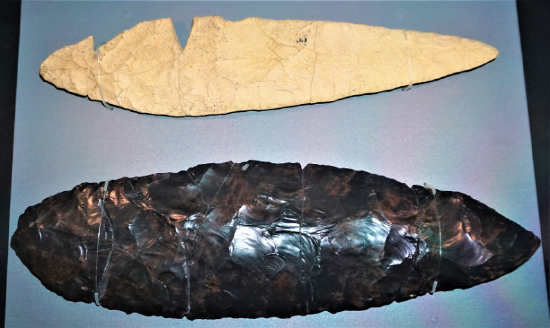
2.1 Stone age tools
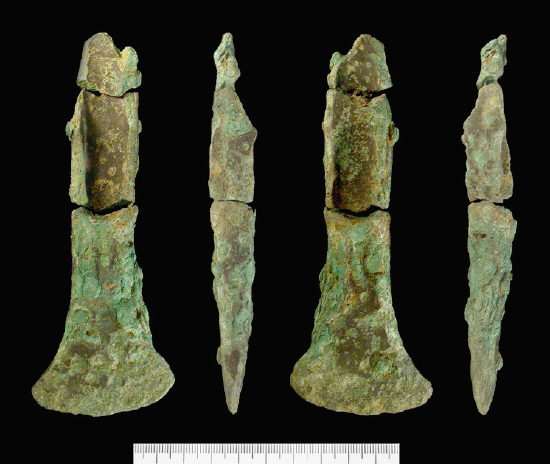
2.2 Bronze age tools
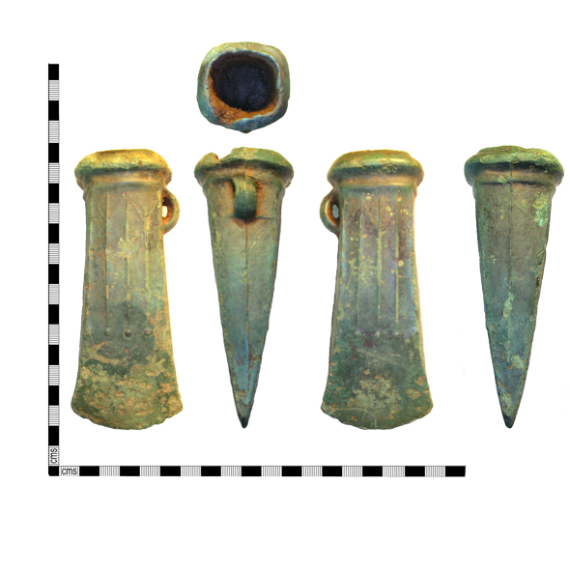
2.3 Iron age tools
The Stone Age is the largest of the tripartite system, where humans primarily used stones as tools to make arrowheads, jewelry, small sculptures, and clothing. Lasting about 2.5 million years, the Stone Age ended around 9600 BCE at the advent of human skills in metalworking. Following the Stone Age, the Bronze Age followed characterized by the use of bronze, an alloy combination of tin and copper. Bronze allowed the beginnings of urban civilization, metal tools, government, and proto-writing. The third age, Iron, was the transition to smelting different types of metal to create iron and steel for weapons and tools for agriculture, ending around 600 BCE.
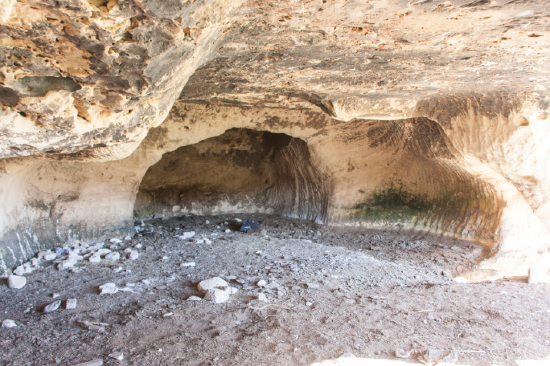
2.4 Rock outcrop
Prehistoric, indigenous cave people generally lived in sheltered places, hunted animals, and drew on rock walls. Despite being called cave people, most of them did not live in caves. Usually, the indigenous people lived in rock shelters or rock outcrops (2.4) with an overhanging roof for protection from the rain or snow but were open on at least two sides. Caves were dark and damp, animals hibernated in them, and caves were not always available. However, people did use caves that were safe or hidden away for multiple purposes (2.5), and in those hidden places, we have discovered a fantastic array of art.
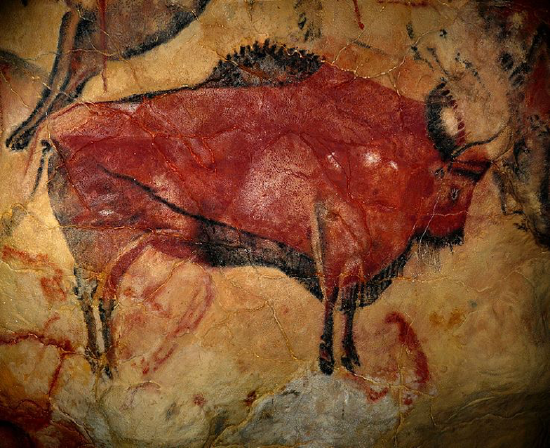
2.5 Altamira bison
What were the prehistoric indigenous prehistoric people like? As explorers of the past, information is gathered based upon the archeological finds unearthed in the caves sealed for thousands of years. The artifacts give us a window to our distant relatives, and perhaps the biggest clue is found in their drawings and paintings left on the cave walls.







